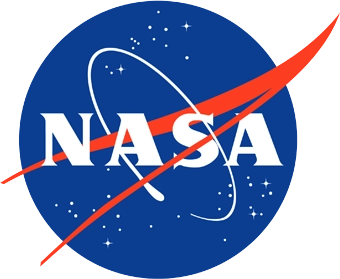Early Career Scientist Spotlight
Dr. Fernando Carcaboso Morales (he/they)
Heliophysicist
Heliospheric Physics Laboratory (672)
How did you end up working at NASA Goddard?
Ever since I was little, I dreamed of being a scientist at NASA (Who did not?). It felt like a far-off dream, but eventually my career path led me to Goddard.
Just before completing my bachelor's degree, I heard about a master's program in Science and Technology from Space, which I joined as soon as I could. During my master's, I had the chance to study the propagation of energetic electrons inside coronal mass ejections (CMEs), and they sparked my interest in heliophysics. That interest led me to my doctoral research, and I applied for a scholarship to do it. While I was waiting for the application decision, I had the opportunity to gain valuable experience at Airbus Space & Defence, where I learned about space technology and how space missions work, while improving my programming skills.
My PhD thesis was focused on the investigation of suprathermal and energetic electrons in order to infer the interplanetary magnetic field (IMF) topology. By looking at how these particles propagate and their imprint, we are often able to reproduce the solar wind’s magnetic field. In addition, I was also working very closely with the Energetic Particle Detector onboard the Solar Orbiter, as my university was the PI institution, so I learned a lot of details about the instrument and how the data were produced, since the beginning of the mission when the very first measurements were taken.
I started at NASA Goddard as a contractor working for the Solar Orbiter and STEREO missions while finishing my PhD. One year later, I applied for an NPP (the NASA Postdoctoral Program), and I am entering my third year at the center. Here, my division is full of incredible people, and it is the biggest group of helioscientists in the world. I am incredibly grateful for the chance to be part of such an esteemed institution.

Credit: (Left to Right): Sanchita Pal; a student
Tell us about the research projects you are currently working on.
Currently, I am involved in various research projects that aim to deepen our understanding of heliophysics, specifically focusing on CMEs and electrons of different energies.
I study the behavior of suprathermal electrons in the solar wind. These electrons play a crucial role in various space plasma processes and can provide valuable insights into the dynamics of the solar corona, the conditions of the solar wind, and the IMF topology. Apart from that, I am a part of multiple collaborations for analyzing the origin and propagation of quasi-relativistic electrons in the inner heliosphere.
I am particularly passionate about studying the data from multiple space observatories in the inner heliosphere to understand large-scale structures, such as the CMEs. This is known as multipoint observations. For instance, by analyzing data from different spacecraft such as the Solar Orbiter, Parker Solar Probe, STEREO, Wind, etc. we can track the origin, evolution, and global topology of the CMEs, as well as their impact on space weather.
Understanding the global IMF topology and transient structures, such as the CMEs, are crucial for the interconnected world we live in. CMEs are such a powerful phenomenon that they can affect, among other things, all spacecraft (including communication, GPS, etc.), power lines, oleoducts, and human health due to the increase of the dose of radiation (particularly during flights); a robust understanding of these processes is therefore critical for space exploration.
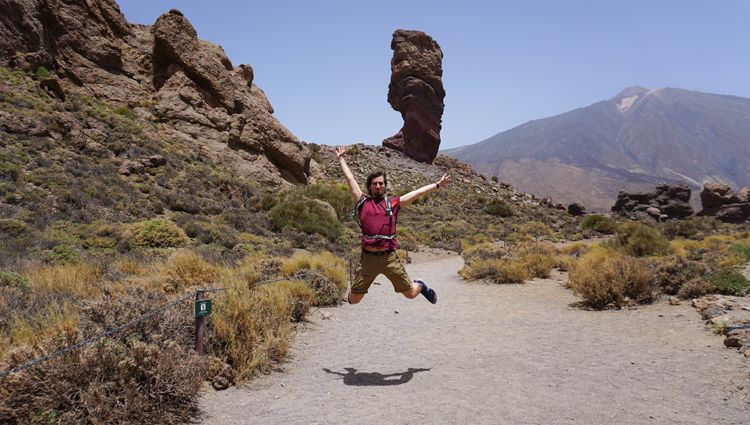
Credit: Elba Sánchez
What aspect of your work excites you the most?
Exploring the dynamic nature of the Sun and the IMF topology, as well as encountering challenges when analyzing the available data from space-based multipoint observations, thrills me the most. We are immersed in the outermost layer of the Sun (the heliosphere), and yet the available data we have (particularly, the in-situ data, such as magnetic field and plasma properties) are extremely limited. However, I really enjoy trying to squeeze all the information we can from these data.
I love the interdisciplinary nature of heliophysics, which provides a rich and diverse research landscape. Collaborating with scientists from different fields and utilizing cutting-edge observational and technical resources allow for a holistic approach to studying the Sun.
Overall, advancing our understanding of the IMF topology is what excites me the most about my work here.
What skills are most useful to you in your work, and where did you develop those skills?
My eclectic background in engineering, physics, and arts has been extremely useful. I believe I know a little bit of a lot of things, which gives me the opportunity to approach heliophysics from different perspectives. Apart from that, there are some skills that are particularly valuable for conducting research, such as analyzing data and communicating findings effectively by oral, visual, and written means. I think I gained these skills through a combination of my academic training, research experiences, and side activities.
What advice would you give your younger self?
This is a difficult question. I truly believe that every choice and experience has made me who I am today. So, instead of worrying about the past or wishing for different outcomes, I would tell my younger self to stick to my values, follow my passions, and believe in my ability to handle whatever comes my way with honesty, as I have always done. Also, I like to hear many different opinions, too, even if they do not agree with mine. There are always things to learn, and continuous learning is my ultimate goal. I would remind myself to cherish my loved ones and appreciate everybody for their unique perspectives.
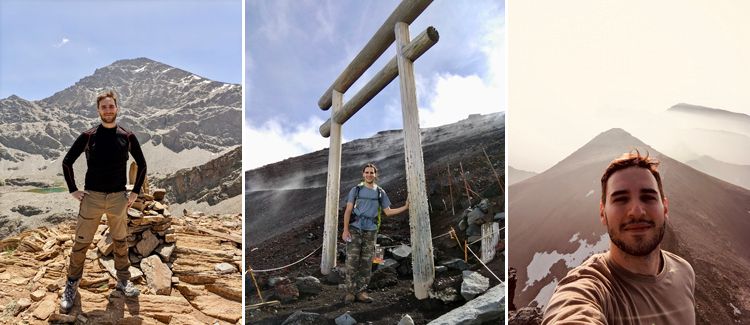
Credit: (Left to Right): Francisco Carcaboso or Juanma Villegas; a random hiker; myself
What do you like to do in your free time?
I do not consider that my time doing science is not part of my free time. My time is mostly free (except for when I am spending it doing tedious things, such as paperwork or groceries). However, apart from the actual data analysis, meetings, and writing, there are more things I like to do and that are needed to do science.
Music has always been a significant part of my life. I started playing saxophone when I was 8 at the conservatory, but I also play piano, guitar, and some other instruments. I could spend hours and hours playing. Apart from that, philosophy fascinates me. I am currently (slowly) pursuing another bachelor's degree in philosophy to deepen my knowledge.
I used to do millions of activities, such as theater, judo, basketball, etc., but it is difficult to find time and interested partners, especially when moving to another country. Now I spend more time doing yoga, learning languages, and, of course, traveling and hiking. I find solace in the wild and enjoy exploring trails whenever I can. Nature allows me to clear my mind, reminds me what the world I live in is like, and makes me feel alive.
Finally, I always try to spend time with loved ones and meet people. Those moments and activities when shared with others are just simply better.
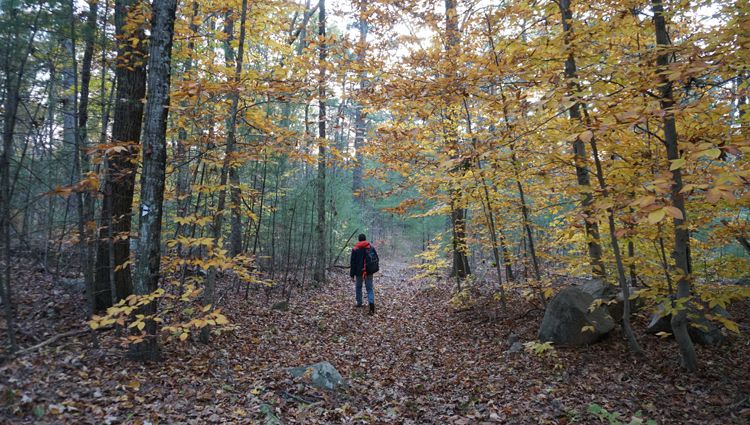
Credit: Elba Sánchez
What are your future research interests and goals?
My research interests in heliophysics are driven by a desire to gain a comprehensive understanding of the solar wind and existing large-scale structures, utilizing all available sources of information. I aspire to unravel the intricacies of the IMF topology using different approaches, such as multipoint techniques, particle measurements, and models.
Apart from that, I believe that outreach is a necessary task that every scientist should do. All the discoveries that you may make are irrelevant if you do not transmit them to the general audience. I am committed to engaging in education and outreach initiatives to inspire the next generation of scientists and promote scientific literacy. Through mentoring students or participating in public outreach events, I hope to share my knowledge and inspire curiosity for science among diverse people.
Biography
Home Town:
Alcalá de Henares & Padul, Spain
Undergraduate Degree:
Electronics and Industrial Automation, University of Alcalá, Alcalá de Henares, Spain
One year of Erasmus Program in Aarhus University, Denmark
Post-graduate Degrees:
Master’s in Science and Technology from Space, University of Alcalá, Alcalá de Henares, Spain
PhD in Space Research and Astrobiology, University of Alcalá, Alcalá de Henares, Spain
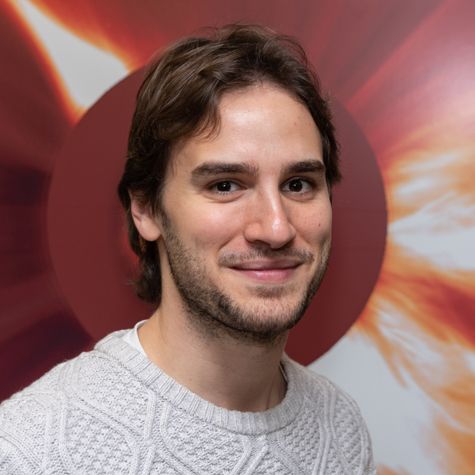
Link to Dr. Carcaboso-Morales's GSFC Bio
